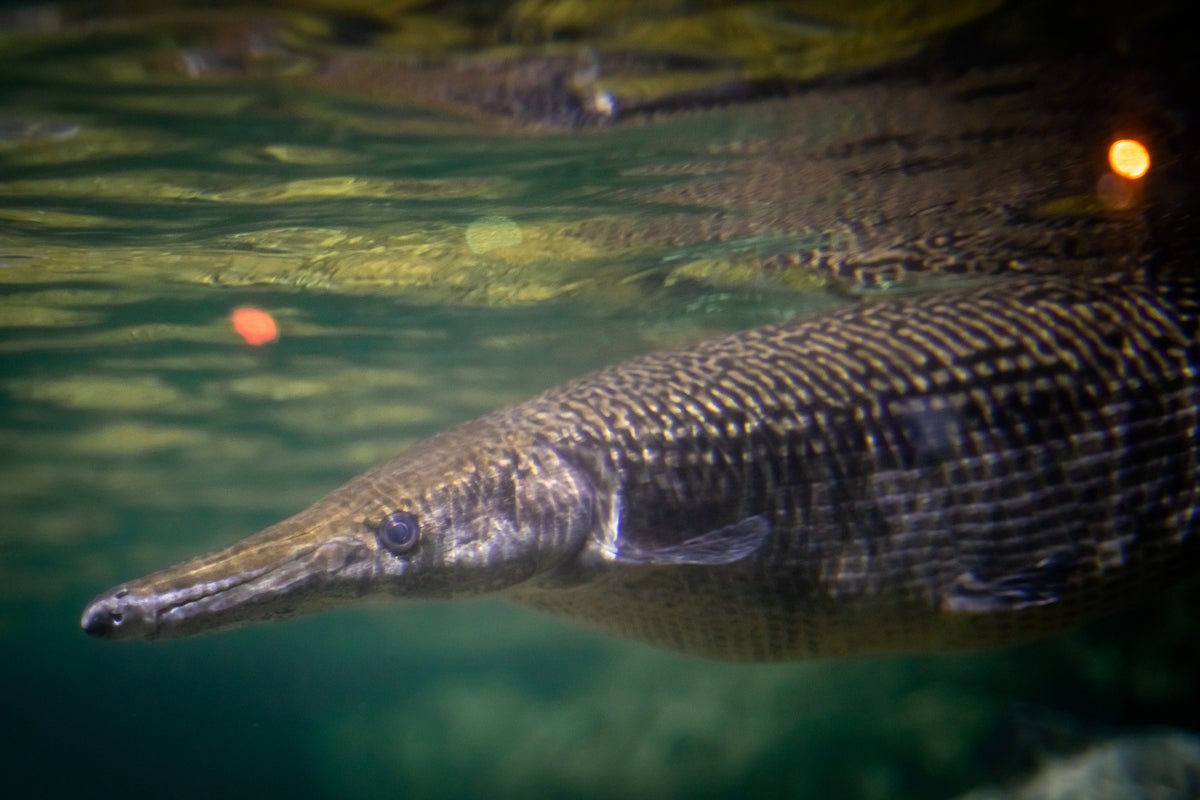Home / Environment / Cuba's 'Living Fossil' Fish Fights Extinction in Zapata Swamp
Cuba's 'Living Fossil' Fish Fights Extinction in Zapata Swamp
24 Nov
Summary
- Cuban gar, a living relic from 150 million years ago, is critically endangered.
- Invasive catfish and habitat loss threaten the gar's survival in Zapata Swamp.
- Restoration efforts involve breeding and releasing young gar into the wild.

Deep within Cuba's vast Zapata Swamp, a determined initiative is battling to prevent the extinction of the Cuban gar, a species described as a 'jewel among Cuban fishes.' This ancient fish, a relic from prehistoric times, was classified as critically endangered in 2020 due to extensive habitat destruction and the devastating introduction of invasive African Walking Catfish.
At a remote hatchery, dedicated park biologists are striving to breed the elusive manjuari and rear them until they are ready for release. The challenging conditions, including isolation and reclusive fish habits, make monitoring the project's success difficult, with young gar camouflaged and quickly disappearing into the dense mangrove roots upon release.
Despite the challenges, there are encouraging signs of recovery. Local fishermen report the presence of manjuari in the swamp, indicating that the population, while not as abundant as in the past, is beginning to re-establish itself thanks to these conservation efforts.




